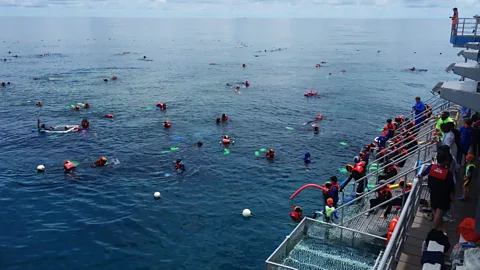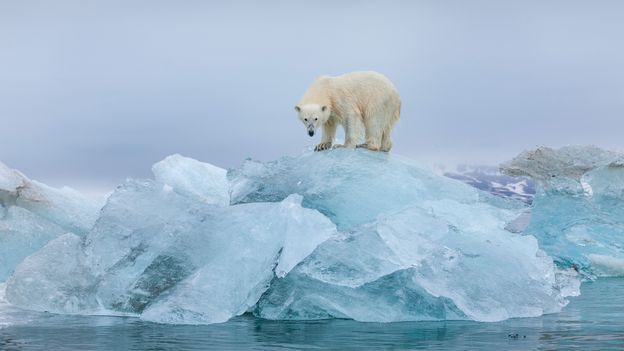In recent years, a growing number of tourists have started seeking similar experiences as they journey to see landmarks, landscapes and even entire destinations that may soon disappear forever because of climate change. Known as last-chance tourism, this “see-it-before-it’s-gone” practice is controversial. Research indicates that the amount of fuel it takes to travel to these far-flung destinations could accelerate their very decline. But advocates say that, done responsibly, it can also inspire travellers to protect the very places they came to see.
Increasing tourism demand to places that are rapidly submerging, melting or diminishing often exceeds the destination’s capacity – and Iceland is a prime example. Since Duroux’s first visit, half a million tourists now descend on the 400,000-person nation every year for glacier tours. Research at six glacier sites in Europe found that roughly half of visitors were driven by the desire to see the ice before it melted. While tourism at these places doesn’t necessarily lead to preservation, a tourist’s attachment to that place can help lead the way towards meaningful change.
Robin Kundis Craig, a professor at the University of Kansas School of Law, studies the legal challenges of ecological preservation. As more people travel to see disappearing coral reefs, glaciers and archipelagos, she warns that without education and careful limits, “millions of people are trampling over an already fragile landscape that’s trying to cope with climate change”, as has happened in parts of Yosemite National Park.
The negative impacts of visitors travelling en masse to fragile ecosystems are well documented. As the seas warm and gas-powered boats bring more people to the Great Barrier Reef, the massive ecosystem recently experienced its worst coral bleaching on record. Coral reefs in Indonesia and Hawaii have also been damaged by tourists, and seafloors can take years to recover from the anchors of expedition boats. Venice has been sinking under the weight of overtourism for a decade. And as more tourists now venture to Antarctica every year, they have introduced invasive species and the avian flu, which devastated local seal populations.
 Alamy
Alamy